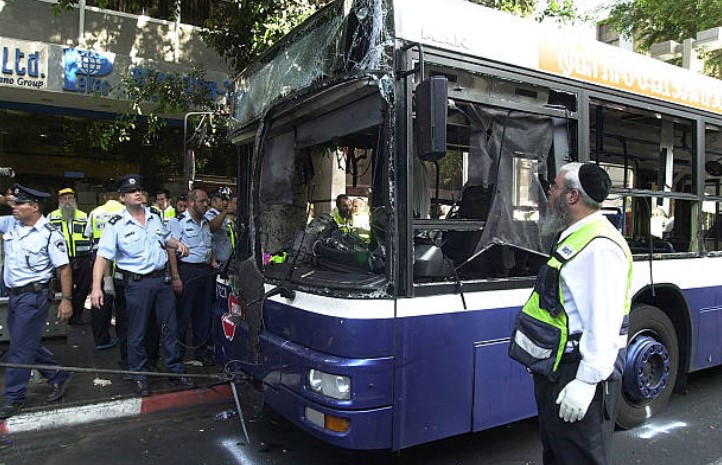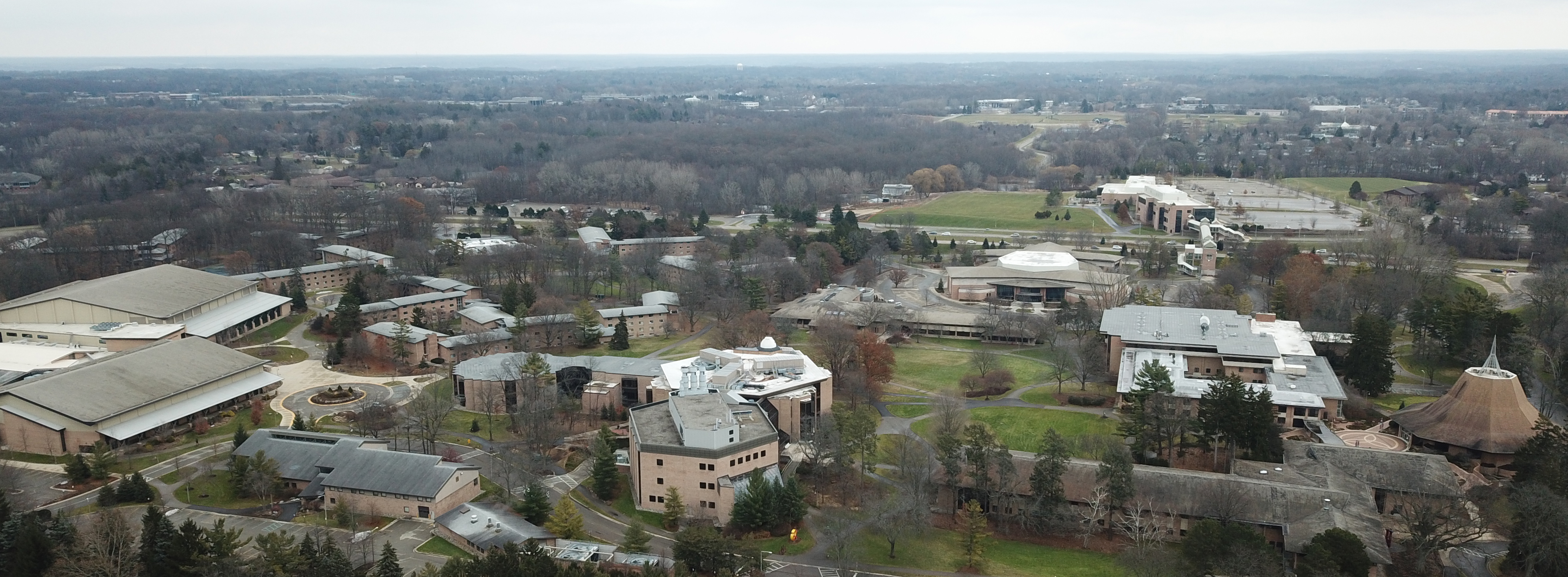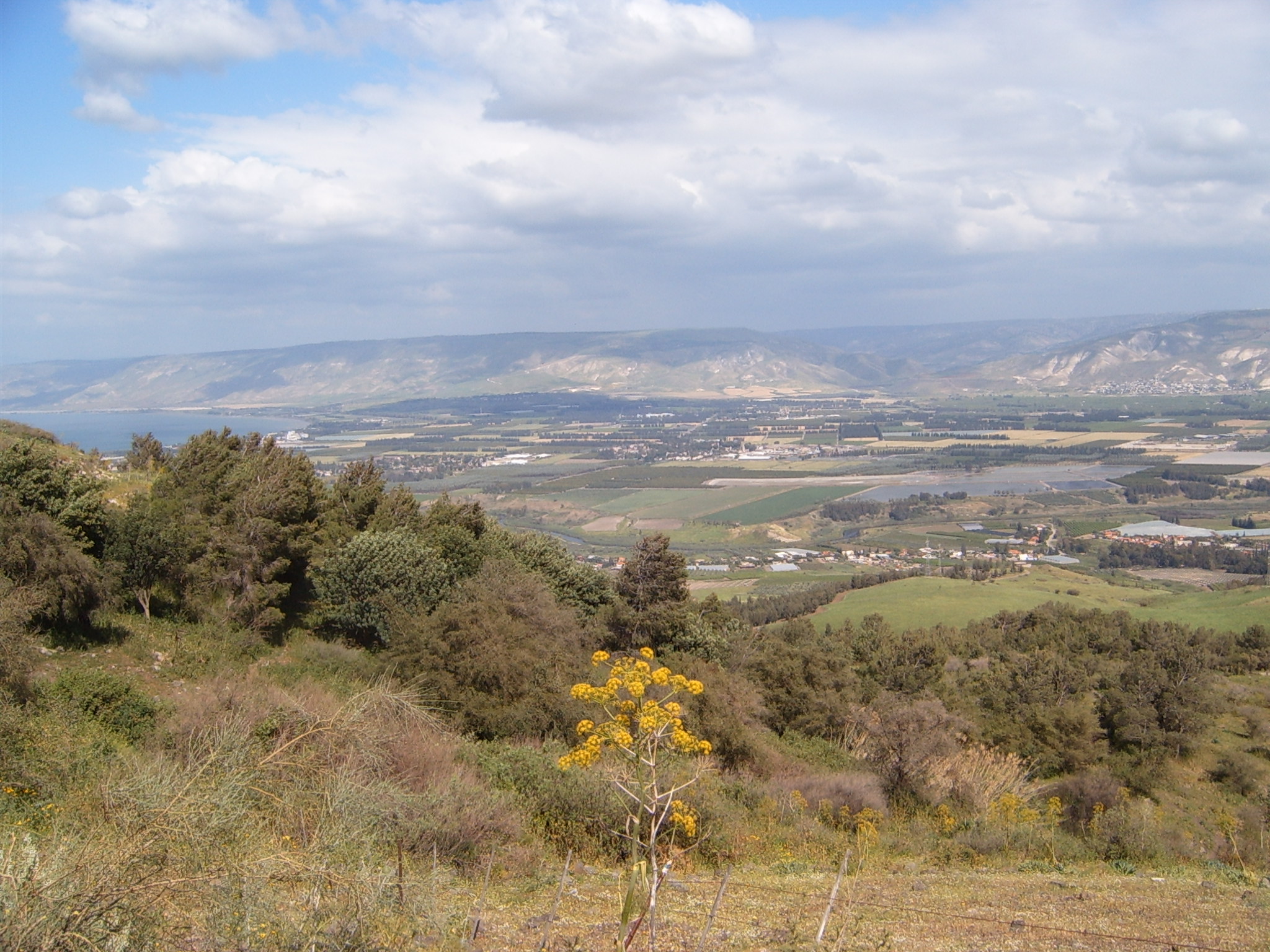|
Jisr Ed Damieh
Jisr ed-Damiye ( ar, ØŽØģØą اŲØŊاŲ ŲØĐ , Jisr ed-Damieh, Bridge of ed-Damieh), known in English as Damiyah Bridge, as Prince Muhammad Bridge in Jordan, and as Gesher Adam ( he, ŨŨĐŨĻ ŨŨŨ, , Adam Bridge) in Israel, stretches over the Jordan River between the West Bank and the Balqa Governorate of Jordan. In 1918, during the Sinai and Palestine Campaign of the First World War, it was captured by Imperial British forces. At the time it was used as part of the Nablus â Es Salt â Amman road. After 1991 it was used only for goods transported by truck between Israel, the West Bank and Jordan until its closure for security reasons sometime between 2002 and 2005 during the Second Intifada. As of 2014, the Israeli side is part of a closed military area. Etymology The Hebrew Bible mentions a town called Adam near Zaretan in the Jordan Valley (). Most scholars identify nearby Tall Damiyah, called by some Tel Adam in Modern Hebrew, with the historical and biblical city of Adam ... [...More Info...] [...Related Items...] OR: [Wikipedia] [Google] [Baidu] |
Israel
Israel (; he, ŨÖīŨĐÖ°ŨŨĻÖļŨÖĩŨ, ; ar, ØĨŲØģŲØąŲاØĶŲŲŲ, ), officially the State of Israel ( he, ŨÖ°ŨÖīŨŨ Ö·ŨŠ ŨÖīŨĐÖ°ŨŨĻÖļŨÖĩŨ, label=none, translit=MedÄŦnat YÄŦsrÄĘūÄl; ), is a country in Western Asia. It is situated on the southeastern shore of the Mediterranean Sea and the northern shore of the Red Sea, and shares borders with Lebanon to the north, Syria to the northeast, Jordan to the east, and Egypt to the southwest. Israel also is bordered by the Palestinian territories of the West Bank and the Gaza Strip to the east and west, respectively. Tel Aviv is the economic and technological center of the country, while its seat of government is in its proclaimed capital of Jerusalem, although Israeli sovereignty over East Jerusalem is unrecognized internationally. The land held by present-day Israel witnessed some of the earliest human occupations outside Africa and was among the earliest known sites of agriculture. It was inhabited by the Canaanites ... [...More Info...] [...Related Items...] OR: [Wikipedia] [Google] [Baidu] |
Second Intifada
The Second Intifada ( ar, اŲاŲØŠŲاØķØĐ Ø§ŲØŦاŲŲØĐ, ; he, ŨŨŨŨ ŨŠŨŨĪŨŨŨ ŨŨĐŨ ŨŨŨ, ), also known as the Al-Aqsa Intifada ( ar, اŲØŠŲاØķØĐ Ø§ŲØĢŲØĩŲ, label=none, '), was a major Palestinian uprising against Israel. The general triggers for the unrest are speculated to have been centred around the failure of the 2000 Camp David Summit, which was expected to reach a final agreement on the IsraeliâPalestinian peace process in July 2000. Outbreaks of violence began in September 2000, after Ariel Sharon, then the Israeli opposition leader, made a provocative visit to the Temple Mount in Jerusalem; The visit itself was peaceful, but, as anticipated, sparked protests and riots that Israeli police put down with rubber bullets and tear gas. High numbers of casualties were caused among civilians as well as combatants. Israeli forces engaged in gunfire, targeted killings, and tank and aerial attacks, while the Palestinians engaged in suicide bombings, g ... [...More Info...] [...Related Items...] OR: [Wikipedia] [Google] [Baidu] |
Calvin College
Calvin University, formerly Calvin College, is a private Christian university in Grand Rapids, Michigan. Founded in 1876, Calvin University is an educational institution of the Christian Reformed Church and stands in the Reformed (Calvinist) tradition. Known as Calvin College for most of its history, the school is named after John Calvin, the 16th-century Protestant Reformer. History The Christian Reformed Church in North America founded the school on August 4, 1876, as part of ''Calvin College and Theological Seminary'' (with the seminary becoming Calvin Theological Seminary) to train church ministers. The college and seminary began with seven students, in a rented upper room on Spring Street, in Grand Rapids, Michigan. The initial six-year curriculum included four years of literary studies and two years of theology. In 1892, the campus moved to the intersection of Madison Avenue and Franklin Street (Fifth Avenue) in Grand Rapids. In September 1894, the school expanded the c ... [...More Info...] [...Related Items...] OR: [Wikipedia] [Google] [Baidu] |
Bundesarchiv Bild 146-1971-103-24, PalÃĪstina, MilitÃĪrlastwagen Þberqueren Eine BrÞcke
The German Federal Archives or Bundesarchiv (BArch) (german: Bundesarchiv) are the National Archives of Germany. They were established at the current location in Koblenz in 1952. They are subordinated to the Federal Commissioner for Culture and the Media (Claudia Roth since 2021) under the German Chancellery, and before 1998, to the Federal Ministry of the Interior (Germany), Federal Ministry of the Interior. On 6 December 2008, the Archives donated 100,000 photos to the public, by making them accessible via Wikimedia Commons. History The federal archive for institutions and authorities in Germany, the first precursor to the present-day Federal Archives, was established in Potsdam, Brandenburg in 1919, a later date than in other European countries. This national archive documented German government dating from the founding of the North German Confederation in 1867. It also included material from the older German Confederation and the Imperial Chamber Court. The oldest documents i ... [...More Info...] [...Related Items...] OR: [Wikipedia] [Google] [Baidu] |
1940s Survey Of Palestine Map Of Damiya
Year 194 ( CXCIV) was a common year starting on Tuesday (link will display the full calendar) of the Julian calendar. At the time, it was known as the Year of the Consulship of Septimius and Septimius (or, less frequently, year 947 '' Ab urbe condita''). The denomination 194 for this year has been used since the early medieval period, when the Anno Domini calendar era became the prevalent method in Europe for naming years. Events By place Roman Empire * Emperor Septimius Severus and Decimus Clodius Septimius Albinus Caesar become Roman Consuls. * Battle of Issus: Septimius Severus marches with his army (12 legions) to Cilicia, and defeats Pescennius Niger, Roman governor of Syria. Pescennius retreats to Antioch, and is executed by Severus' troops. * Septimius Severus besieges Byzantium (194â196); the city walls suffer extensive damage. Asia * Battle of Yan Province: Warlords Cao Cao and LÞ Bu fight for control over Yan Province; the battle lasts for over 1 ... [...More Info...] [...Related Items...] OR: [Wikipedia] [Google] [Baidu] |
1849 Lynch Map Of The Jordan River
Events JanuaryâMarch * January 1 â France begins issue of the Ceres series, the nation's first postage stamps. * January 5 â Hungarian Revolution of 1848: The Austrian army, led by Alfred I, Prince of Windisch-GrÃĪtz, enters in the Hungarian capitals, Buda and Pest. The Hungarian government and parliament flee to Debrecen. * January 8 â Hungarian Revolution of 1848: Romanian armed groups massacre 600 unarmed Hungarian civilians, at Nagyenyed.Hungarian HistoryJanuary 8, 1849 And the Genocide of the Hungarians of Nagyenyed/ref> * January 13 ** Second Anglo-Sikh War â Battle of Tooele: British forces retreat from the Sikhs. ** The Colony of Vancouver Island is established. * January 21 ** General elections are held in the Papal States. ** Hungarian Revolution of 1848: Battle of Nagyszeben â The Hungarian army in Transylvania, led by Josef Bem, is defeated by the Austrians, led by Anton Puchner. * January 23 â Elizabeth Blackwell is awarded her M.D. by the ... [...More Info...] [...Related Items...] OR: [Wikipedia] [Google] [Baidu] |
William F
William is a male given name of Germanic origin.Hanks, Hardcastle and Hodges, ''Oxford Dictionary of First Names'', Oxford University Press, 2nd edition, , p. 276. It became very popular in the English language after the Norman conquest of England in 1066,All Things William"Meaning & Origin of the Name"/ref> and remained so throughout the Middle Ages and into the modern era. It is sometimes abbreviated "Wm." Shortened familiar versions in English include Will, Wills, Willy, Willie, Bill, and Billy. A common Irish form is Liam. Scottish diminutives include Wull, Willie or Wullie (as in Oor Wullie or the play ''Douglas''). Female forms are Willa, Willemina, Wilma and Wilhelmina. Etymology William is related to the given name ''Wilhelm'' (cf. Proto-Germanic áđááááĻášááááĻá, ''*Wiljahelmaz'' > German ''Wilhelm'' and Old Norse áĒáááá ážá ááá á, ''VilhjÃĄlmr''). By regular sound changes, the native, inherited English form of the name shoul ... [...More Info...] [...Related Items...] OR: [Wikipedia] [Google] [Baidu] |
Adama (biblical)
According to the Bible, Admah (Heb. ŨÖ·ŨÖ°ŨÖļŨ) was one of the five cities of the Vale of Siddim. It was destroyed along with Sodom and Gomorrah. It is supposed by William F. Albright to be the same as the "Adam" of . The location of Admah is unknown, although Bryant G. Wood a proponent of the southern theory for the Cities of the Plain identified the site with Numeira, but later changed it to Khirbat al-Khanazir Jordan, although it was only a cemetery during the Bronze Age and proponents of the northern theory for the Cities of the Plain identify the site with Tel Nimrin, Jordan. The town is mentioned figuratively in the Bible, in Deuteronomy and Book of Hosea. There has also been some conjecture that Admah is mentioned in the Ebla tablets as the Eblaite word "ad-ma" or "ad-mu-utki" = (Town of) Admah.contra. Thomas O'Toole Ebla Tablets: No Biblical Claims ''The Washington Post''December 9, 1979 See also * Sodom and Gomorrah Sodom and Gomorrah () were two legendary bibl ... [...More Info...] [...Related Items...] OR: [Wikipedia] [Google] [Baidu] |
Modern Hebrew
Modern Hebrew ( he, ŨĒŨŨĻŨŨŠ ŨŨŨĐŨ, ''ĘŋivrÃt áļĨadaÅĄÃĄ ', , '' lit.'' "Modern Hebrew" or "New Hebrew"), also known as Israeli Hebrew or Israeli, and generally referred to by speakers simply as Hebrew ( ), is the standard form of the Hebrew language spoken today. Spoken in ancient times, Ancient Hebrew, a member of the Canaanite branch of the Semitic language family, was supplanted as the Jewish vernacular by the western dialect of Aramaic beginning in the third century BCE, though it continued to be used as a liturgical and literary language. It was revived as a spoken language in the 19th and 20th centuries and is the official language of Israel. Of the Canaanite languages, Modern Hebrew is the only language spoken today. Modern Hebrew is spoken by about nine million people, counting native, fluent and non-fluent speakers. Most speakers are citizens of Israel: about five million are Israelis who speak Modern Hebrew as their native language, 1.5 million are immigra ... [...More Info...] [...Related Items...] OR: [Wikipedia] [Google] [Baidu] |
Tall Damiyah
Tall Damiyah (also spelled Tell or Tall Damiyeh) is an Iron-Age archaeological site in Jordan. It is located in the Central Jordan Valley in the Balqa Governorate and is identified by most scholars with the historical and biblical city of Adama. Tall Damiyah is nearby to, but distinct from, the Damiyah Dolmen Fields. Archaeological excavations Tall Damiyah is a small settlement mound with evidence of continuous occupation throughout the Iron Age, located in the flood plains of the Jordan Valley. Other archaeological evidence, such as pottery sherds, indicate additional human presence during the Late Bronze Bronze Age, Persian-Hellenistic periods, the Byzantine period, and the Ottoman period. Though recognized in travel writings as early as the 19th century, large-scale archaeological investigations only began to take place since 2012. Among the finds at this site are two-headed horse-figurines dating to the Late Iron Ageâcommon to the broader region, though somewhat more unique ... [...More Info...] [...Related Items...] OR: [Wikipedia] [Google] [Baidu] |
Jordan Valley
The Jordan Valley ( ar, ØšŲØą اŲØĢØąØŊŲ, ''Ghor al-Urdun''; he, ŨĒÖĩŨÖķŨ§ ŨÖ·ŨÖ·ŨĻÖ°ŨÖĩÖžŨ, ''Emek HaYarden'') forms part of the larger Jordan Rift Valley. Unlike most other river valleys, the term "Jordan Valley" often applies just to the lower course of the Jordan River, from the spot where it exits the Sea of Galilee in the north, to the end of its course where it flows into the Dead Sea in the south. In a wider sense, the term may also cover the Dead Sea basin and the Arabah valley, which is the rift valley segment beyond the Dead Sea and ending at Aqaba/ Eilat, farther south. The valley, in the common, narrow sense, is a long and narrow trough, long if measured "as the crow flies", with a width averaging with some points narrowing to over most of the course, before widening out to a delta when reaching the Dead Sea. Due to meandering, the length of the river itself is . This is the valley with the lowest elevation in the world, beginning at below sea level ... [...More Info...] [...Related Items...] OR: [Wikipedia] [Google] [Baidu] |
Zaretan
Zaretan or Zarethan (Hebrew: ŨĶÖļŨĻÖ°ŨŠÖļŨ), also known as Zeredathah, is a city mentioned in the Hebrew Bible as near the location where the Hebrews crossed the Jordan (). In the books of Joshua (, KJV "Zaretan") and 1 Kings ( KJV "Zartanah", "Zarthan"), it is called Zarethan, but in 2 Chronicles it is called Zeredathah (, KJV). Zaredathah stood in the Jordan Valley. Nelson Glueck looked for it on the east bank of the river, proposing , but some more recent authors place it on the west bank, one theory identifying it with Tell el-Mazar, also spelled Mezar, in Wadi Far'a. Tell el-Mezar is at the site called in Arabic Qerawa, known from antiquity by the name Korea(i) (ΚÎŋÏÎĩÎą đ or Koreous (KÎŋÏÎĩÎŋÏ Ï) and located at the foot of Mount Sartabe. According to Hebrew Bible, the bronze castings for the Solomon's Temple were made in the clay grounds between Sukkot and Zaretan. The old identification of the site of the miracle of the Israelites' crossing of the Jordan with the w ... [...More Info...] [...Related Items...] OR: [Wikipedia] [Google] [Baidu] |



